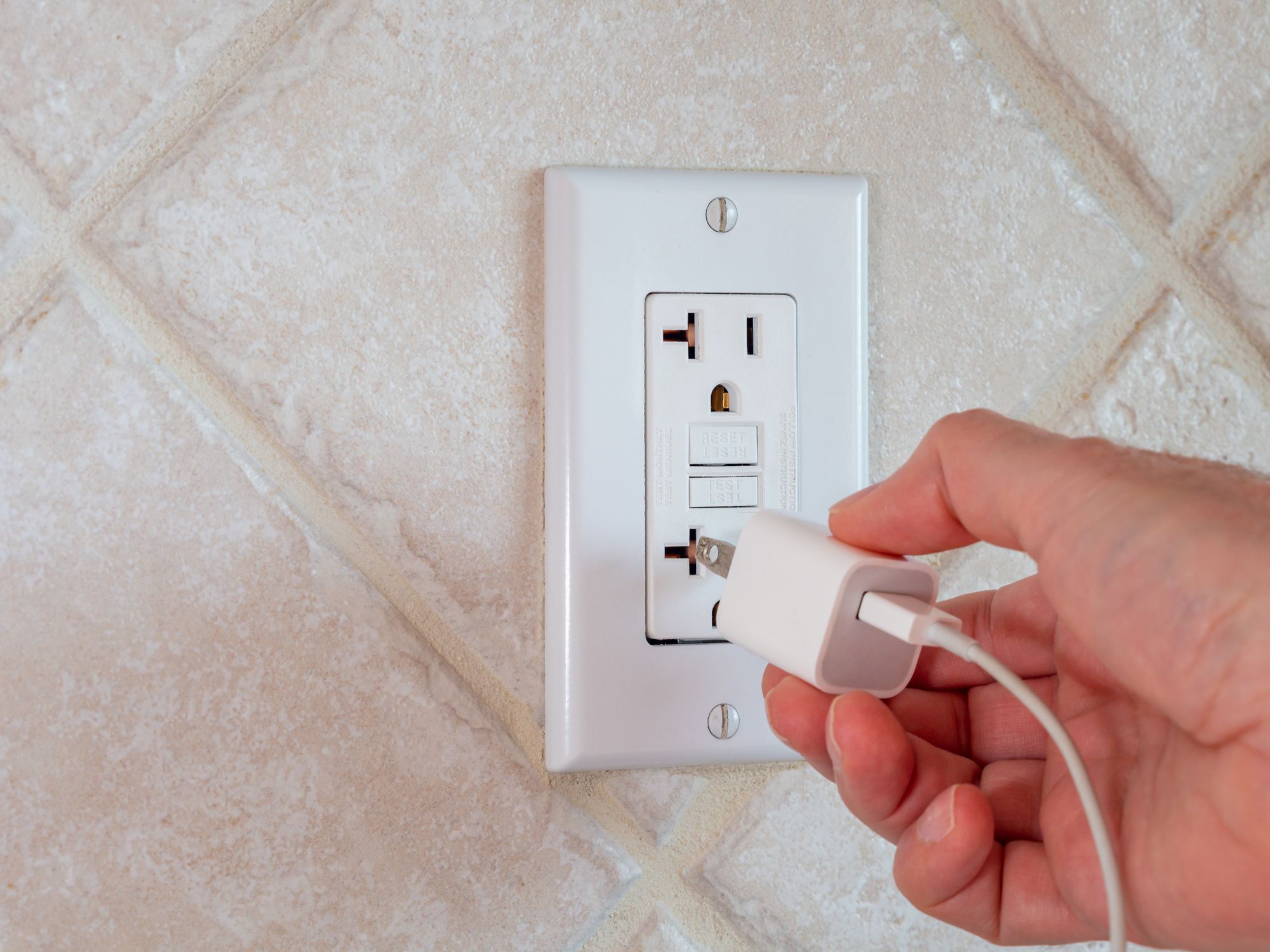10 Surprising Ways to Slash Your Electricity Bill This Year
Save money and energy with 10 simple strategies to slash your electricity bill—no drastic lifestyle changes required.

Feeling the pinch every time you open your electricity bill? This guide goes beyond the usual advice to give you actionable strategies for taking control of your energy expenses.
What to Look for in an Electricity Provider
For many, switching electricity providers is the most impactful way to save money. Companies vie for your business in a competitive market with better rates, unique plans, and superior service. When comparing your options, focus on these key factors: plan variety, commitment to renewable energy, transparency in pricing, and real customer support experiences.
10 Smart Ways to Lower Your Energy Bill
You don't need major lifestyle changes—just smarter habits and home improvements. Combine energy-efficient technologies, strategic provider choices, and small daily adjustments to control your electricity costs and reduce environmental impact fully.
| Strategy | Key Points | Potential Savings / Benefits |
|---|---|---|
| Switch to a Smarter Electricity Provider | Choose a provider in deregulated markets; compare rates, renewable options, and customer service. Providers like Rhythm Energy offer 100% renewable plans and off-peak rewards. | Lower rates, renewable energy benefits, long-term savings. |
| Conduct a DIY Home Energy Audit | Identify energy leaks and inefficiencies; check insulation, drafts, and outdated appliances. | Reduce energy loss (5–30% of heating/cooling), lower overall consumption. |
| Vanquish Phantom (Vampire) Loads | Unplug idle electronics or use smart power strips to cut standby power usage. | Save up to $100/year or 10% of energy use. |
| Use Your Thermostat Strategically | Adjust settings seasonally (78°F in summer); install programmable or smart thermostats to automate efficiency. | Reduce HVAC costs (nearly 50% of bill), effortless long-term control. |
| Rethink Your Laundry Routine | Wash with cold water, run full loads, clean lint traps regularly. | Cut water-heating energy (90% of washer’s energy use), improve dryer efficiency by up to 30%. |
| Optimize Kitchen Appliance Usage | Use small appliances (microwave, toaster oven, air fryer) instead of full oven; maintain fridge coils and seals. | Toaster oven uses 70% less energy; reduces cooling costs in summer. |
| Use Fans to Your Advantage | Fans cool people, not rooms; raise thermostat by 4°F when using fans; turn off when leaving. | Lower AC usage without losing comfort. |
| Embrace Smart Lighting | Replace bulbs with LEDs; use smart bulbs/plugs for automation and control. | Uses 75% less energy and last 25× longer. |
| Seal Air Leaks | Apply caulk/weatherstripping around windows, doors, and openings. | Cut heating/cooling costs by up to 15% annually. |
| Understand Time-of-Use (TOU) Plans | Shift high-energy activities to off-peak times under variable rate plans (e.g., PowerShift). | Lower bills by using cheaper off-peak electricity. |
1. Switch to a Smarter Electricity Provider
In areas with deregulated energy markets, you can choose your electricity provider. This is a significant advantage for consumers looking to cut costs. In Texas, for example, 85% of consumers can shop for their own plan. This system forces companies to compete for your business with better rates and innovative products.
Far from being a niche option, wind and solar are now major sources of affordable power, helping to stabilize the grid and drive down wholesale prices. This has demonstrated the reliability of clean energy, which now often accounts for a record portion of the power supply.
Forward-thinking providers are leveraging this shift to benefit consumers. For example, a Texas electricity provider like Rhythm Energy builds its business on 100% renewable sources, offering transparent pricing and innovative plans that reward customers for using energy during off-peak hours. Choosing a provider that harnesses the growing affordability of renewables can be a highly effective way to lower your energy costs while making a positive environmental impact.
2. Conduct a DIY Home Energy Audit
You don't need to be an expert to find out where your home is wasting energy, and a simple DIY audit can reveal major culprits that are inflating your bill. Walk through your home with a critical eye, paying close attention to drafts around windows, doors, electrical outlets, and any plumbing that penetrates walls. A significant portion of a home's heating and cooling, often 5% to 30%, is lost due to these small air leaks. Next, look in your attic to check on insulation; if you can see the tops of the floor joists, you likely don't have enough, which compromises your home's thermal barrier. Finally, take inventory of your major appliances, as older refrigerators and HVAC systems are often far less efficient than modern, ENERGY STAR-certified models.
3. Vanquish Phantom (or Vampire) Loads
Many modern electronics continue to draw power even when turned off, creating what is known as a phantom load or vampire power. This standby power can be surprisingly costly, accounting for up to $100 per household annually, or roughly 10% of your home's total energy use. The biggest offenders are typically devices with a remote control, a continuous digital display like a clock, or an external power adapter, often called a wall-wart charger. An easy solution is to plug entertainment centers, computer setups, and charging stations into a smart power strip. You can program these strips to turn off automatically at night or simply shut everything down with a single button, effectively stopping the silent drain on your wallet.
4. Use Your Thermostat Strategically
Your heating and cooling system is almost always the single largest energy user in your home, often making up nearly half of your monthly bill. You can save significantly on your associated costs for every degree your thermostat goes up in the summer or down in the winter. The Department of Energy recommends setting your thermostat to 78°F in the summer when you're home and even higher when you're away to maximize savings. Installing a programmable or smart thermostat automates this process, making it effortless to maintain an efficient schedule without sacrificing comfort. These can learn your habits and adjust automatically, ensuring you never waste money cooling or heating an empty house.
5. Rethink Your Laundry Routine
The laundry room is another area where small changes can lead to big savings, as your washer and dryer consume a surprising amount of energy. A staggering 90% of a washing machine's energy goes directly to heating the water. By simply switching to washing your clothes in cold water, you can get most loads just as clean while drastically reducing energy consumption. Additionally, make sure you only run the dryer when you have a full load to maximize its efficiency. Finally, one of the easiest habits to adopt is cleaning the lint trap after every use; a clean filter can improve your dryer's efficiency by up to 30% and help prevent a potential fire hazard.
6. Optimize Your Kitchen Appliance Usage
The kitchen is another energy-hog hotspot, but you can make a dent in your bill by using the right appliance. Instead of firing up your full-size oven for smaller meals, opt for a microwave, toaster oven, or air fryer whenever possible. These smaller appliances use significantly less energy and have the added benefit of not heating up your entire kitchen, which prevents your air conditioner from working overtime in the summer. For example, a toaster oven uses up to 70% less energy than a conventional electric oven. Also, maintain your refrigerator regularly by cleaning its coils and making sure the door seals are tight to keep it running at peak efficiency.
7. Use Fans to Your Advantage
A common misconception is that fans cool rooms; in reality, they cool people by creating a wind-chill effect on the skin. This simple principle makes you feel just as comfortable at a higher thermostat setting. Using a fan, you can raise the thermostat by 4°F without any noticeable reduction in comfort, leading to significant savings on your AC costs. However, it's crucial to remember that fans are only effective when someone is in the room to feel the breeze. Always turn them off when you leave, as running a fan in an empty room simply wastes energy without providing any cooling benefit.
8. Embrace Smart Lighting
If you haven't made the switch already, replacing all your old lightbulbs with modern LEDs is one of the easiest ways to save on electricity. LEDs are a powerful upgrade, as they consume up to 75% less energy and last up to 25 times longer than incandescent bulbs. You can elevate your savings even further by incorporating smart home technology. Smart bulbs or plugs, controlled from your phone, allow you to set automatic schedules and ensure that lights are never accidentally left on in an empty room. This level of control makes it easy to cut down on wasted electricity without a second thought.
9. Seal Air Leaks Around Your Home
The cumulative effect of small cracks and gaps around your home can be equivalent to leaving a window open 24/7, all year round. This constant air exchange forces your HVAC system to work harder to maintain the temperature at a comfortable level. You can make an impact by using low-cost materials like weatherstripping on doors and windows and applying caulk to fill gaps around trim, plumbing penetrations, and wiring entries. This simple weekend project can shave up to 15% off your annual heating and cooling costs, offering one of the best returns on investment for home energy improvement.
10. Understand Time-of-Use (TOU) Plans
Some modern electricity plans, like the PowerShift plans offered by Rhythm Energy, are structured to charge different rates for electricity depending on the time of day. Under these time-of-use (TOU) plans, off-peak hours, typically overnight and on weekends, feature much cheaper electricity rates than on-peak hours during late afternoon when demand is highest. You can dramatically lower your bill by strategically shifting high-energy tasks like laundry, running the dishwasher, or charging an electric vehicle during off-peak times. This approach allows you to save money without actually reducing your overall energy consumption by being smarter about when you use it.
Final Thoughts
Slashing your electricity bill doesn't require drastic sacrifices or uncomfortable lifestyle changes. It's about making smarter, more intentional choices that add up over time. You can take firm control of your monthly expenses by combining small behavioral adjustments, simple home improvements, and—most importantly—exercising your power to choose an electricity provider that aligns with your financial and environmental goals. Start with one or two tips from this list, and watch the savings add up.


